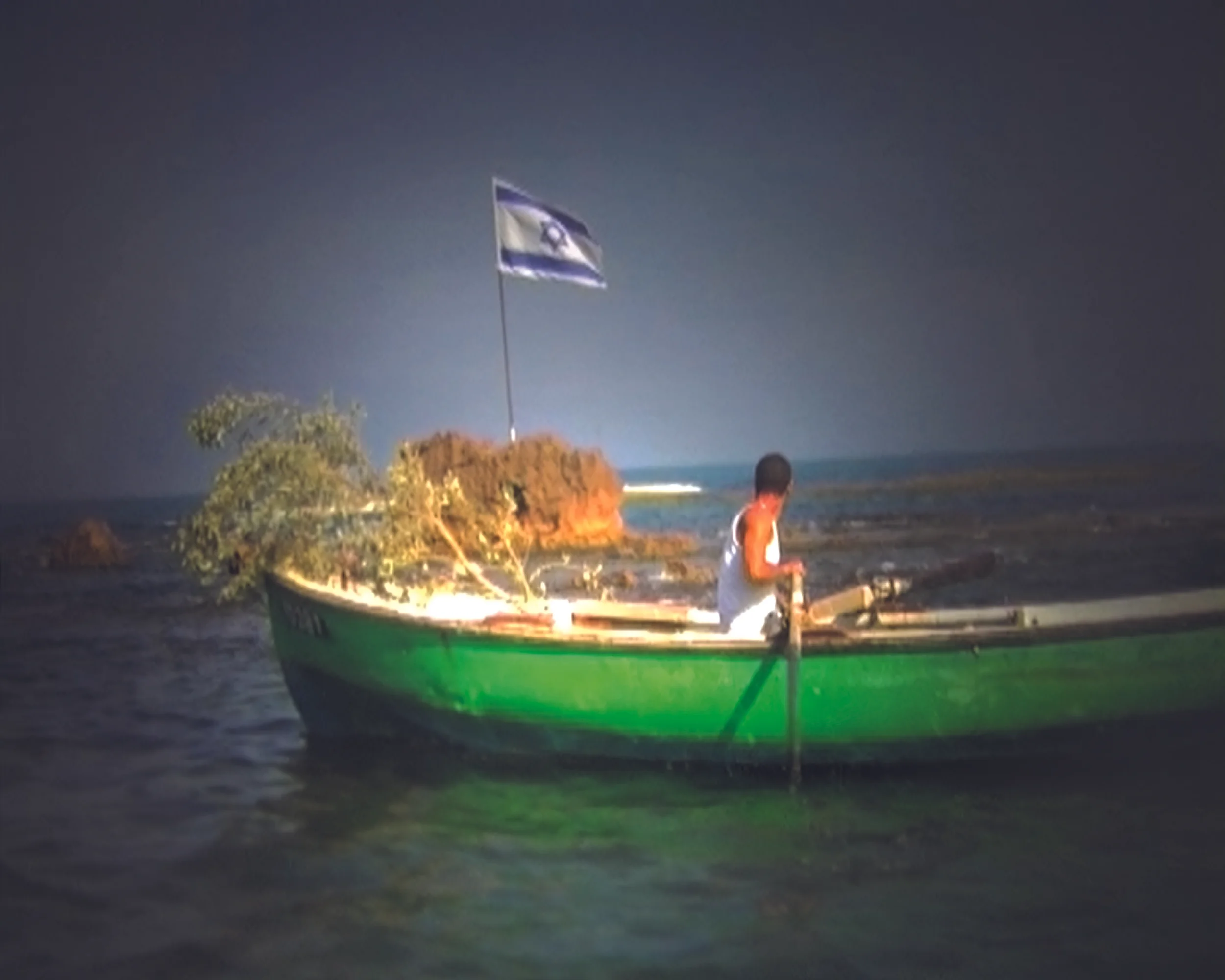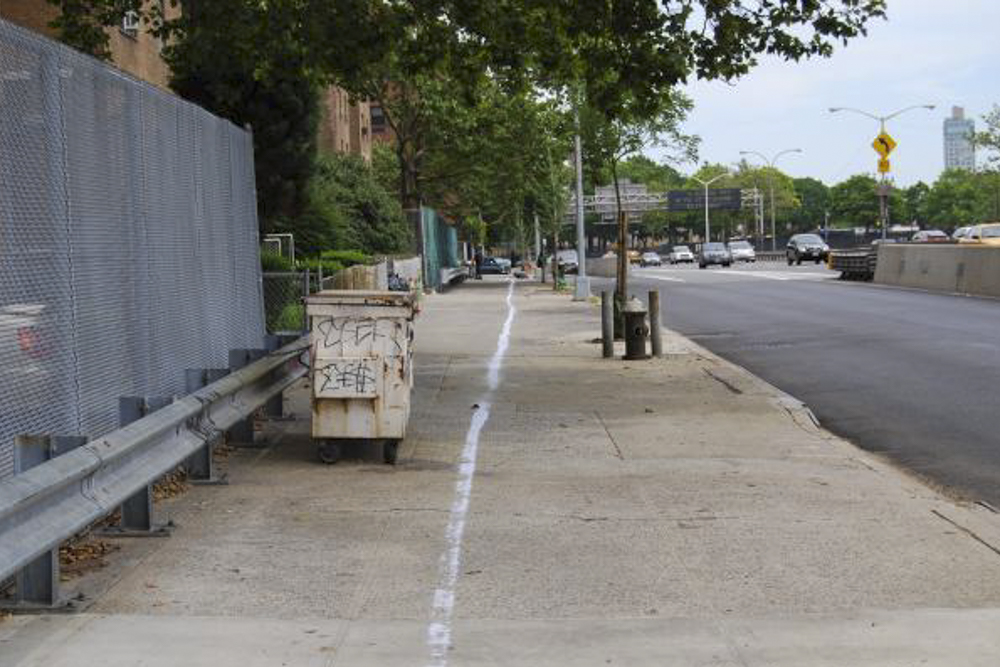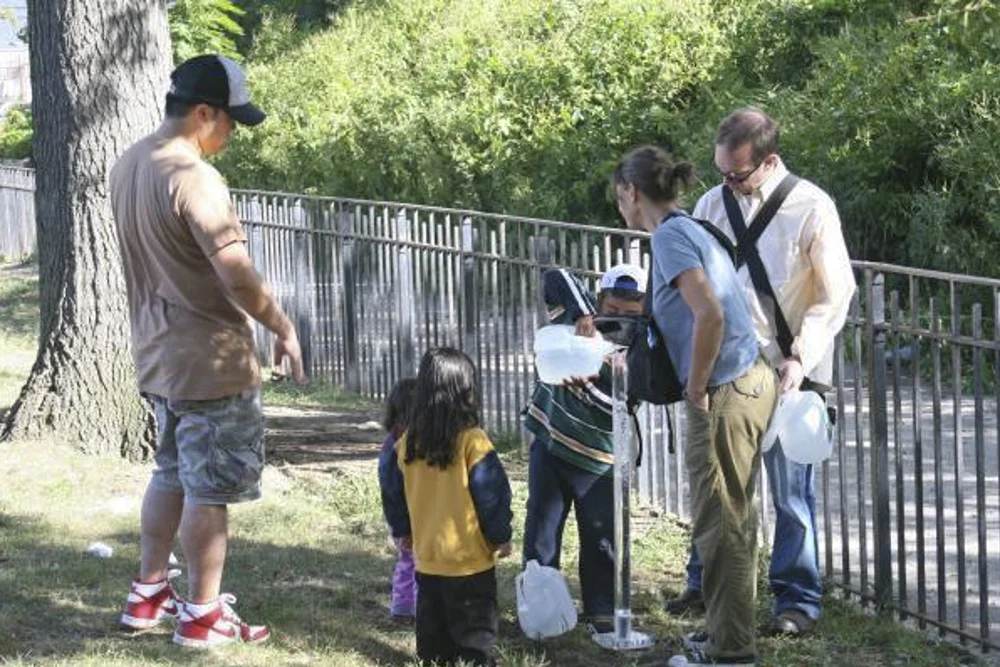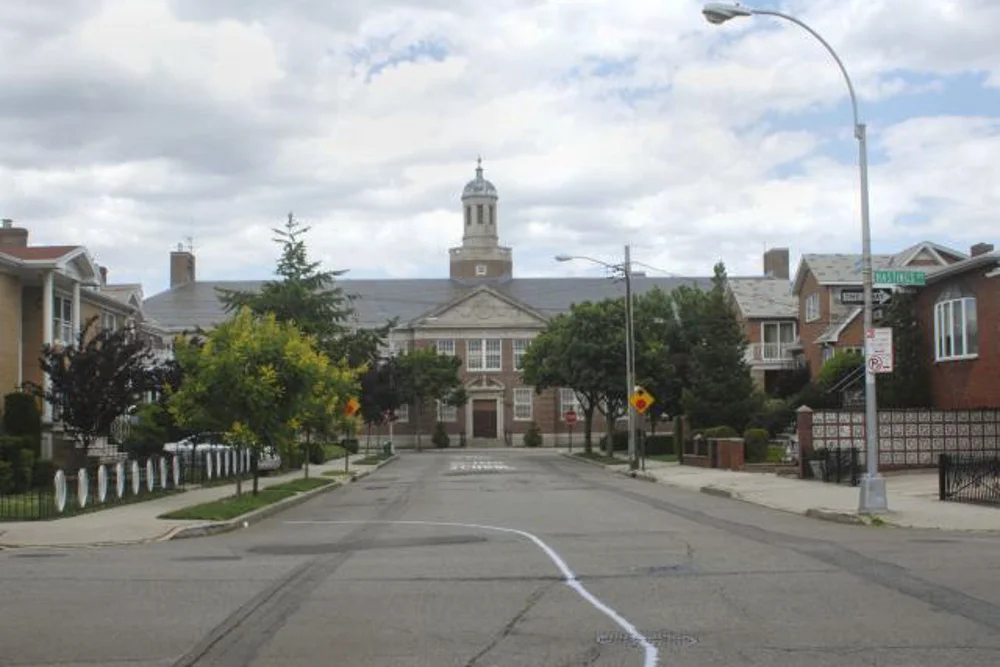THE POLITICS OF WATER AND CONTEMPORARY ART
Guiyoung Hwang
This past winter, the Pohang City Museum of Art presented the exhibition Waterscapes: The Politics of Water, which brought together about 40 artists from the globe whose work addressed a broad span of issues related to the subject of water - from climate change, privatization of water resources, conflicts fought over water rights or territory, to water as a means of torture. Within the museum were artworks that ranged from an installation constructed from banners and protest signs that had been collected from real water protests, to an electronic map, “World Water Disputes Map” in which the artist complied all the major conflicts that have occurred globally over the past 5000 years; its results indicated that water-disputes have been at their most serious and urgent as political issues from 1900 to the present, and especially so in the 21st century. Together with all of the other works on view, the exhibition gives a concrete picture of realities occurring throughout the world around the subject of water.
In contemporary art scenes, one often sees artworks that use “water” either as a theme, or used as the medium itself. Waterscapes, however, focused specifically on works that explore how water is linked to practical issues, such as capitalism, nation, and life-or-death situations faced by communities worldwide. In other words, approaches to water such as that of Roni Horn who connects the fluidity of water to that of identity, or Bill Viola’s videos that utilize the transcendental effect created by water, are not to be found this show. In the framework of this exhibition, the included works use different methodologies, and are not easily reduced to any specific category. In effect, the point of interest here is how the ‘politics’ are differently presumed in each work as well as what are the political messages proposed by the artists themselves.
Among the works in the show, a piece that first brought such questions to my mind was Alfredo Jaar’s “Geography = War” (1991), which deals directly with a water-related problem. Jaar’s work draws viewers’ attention to the recent history of Koko, Nigeria where Italian companies discarded toxic industrial waste. In this installation, images that can be seen on the surface of water-filled barrels as a reflection from suspended light boxes, show local residents who had suffered and died of water contamination caused by the toxic substance, and of children who play around the dumpsite. At first sight, the audience, via Jaar’s photographs, becomes the secondary viewer witnessing this tragic situation, however, the physical presence of real barrels in the museum and the powerful images reflected in this dark water, destabilize the viewers’ position as distant observer. In this sense, the objective of the artist seems to be to change the viewers’ position, rather than the Italian companies. In this image-saturated world, where we see lots of poignant and tragic images throughout the media, Jaar’s presentation politicizes the relationship between image and spectator, and attempts to rearrange them.
Meanwhile, there is a piece that reveals the underlying ideology of a corporation and a specific time period: Hanna Ljungh’s “How to Civilize a Waterfall” (2010), which catches viewers’ attention with its roaring sound. In Ljungh’s video, the artist herself is shouting in front of a waterfall in order to persuade it to be a hydroelectric power. This figure is comparable to the subject in a historic painting Wanderer above the Sea of Fog (1818) from the German Romantic landscape painter, Caspar David Friedrich. While the solitary figure in this 19th century painting is absorbed in deep contemplation and is in awe of nature confronting rough waves, Ljungh’s encounter with the waterfall is in quite an authoritative manner, despite the fact that her vulnerable body loses control in front of this natural force. Her argument that hydroelectric energy is sustainable and that it will bring a better life to human beings, is based on information distributed by a Swedish power company — but reality sounds very different from the presumed bright future. The very dissimilar relationship between nature and humans portrayed by these two works makes me question what brought about this change over the past centuries, as well as reflect upon the paradoxical situation in which we still believe in humanity’s capacity to control nature while at the same time being terrified by water-generated catastrophes.
Yael Bartana, still from 'A Declaration' (2006)
In a different section, there is an array of artists who explore both the aesthetic and the political effect of symbolic gestures. On the first floor, Israeli and Palestinian artists address the water politics of the Middle East. Here, water is undoubtedly related to state and its interest. As many countries in this area share limited water resources, water has been the provoker of conflicts and wars. In this context, artists such as Sigalit Landau and Yael Bartana show simple, but highly charged gestures.
Bartana’s poetic video “A Declaration” (2006), delivers a strong political message through an exploration of the notion of nationalism. Shot at the Sea of Jaffa, near southern Tel Aviv, this video shows a young man rowing a boat and carrying an olive tree until he reaches a rock — a reference point for claiming sea as territory. Seemingly using the language of propaganda films as shown in the image of masculine pioneer, the protagonist actually creates the opposite effect by pulling an Israeli flag from the rock and replacing it with an olive tree — both a symbol of peace as well as a Palestinian product. This action seems like a declaration for coexistence, but it also diminishes the sentimental effect of the heroic gesture. When seen alongside Korea and Japan’s long lasting dispute on Dokdo islet and the undercurrent of nationalism, Bartana’s piece can also be seen as a parallel situation that resonates with this emotional issue here.
In Waterscapes, can be found another set of works which show another section of contemporary art that focuses on collaboration or participation. Among such works in the exhibition is Basia Irland’s “A Gathering of Waters: Rio Grande Source to Sea” (1995), Eve Mosher’s “HighWaterLine - New York/Miami/Bristol/Seoul?” (2007-), and EDT 2.0’s, “Transborder Migrant Tool”, (2005). These are the projects made by involving many people including artists, specialists from different disciplines, and the general public.
Eve Mosher’s ongoing project is carried out by drawing chalk lines directly onto the street along a specific elevation (10 feet above sea level); showing areas that will eventually be submerged when climate change is accelerated. Her lines cross the boundary between poor and rich neighborhoods and invite the general public to be participants as well as witnesses. At a glance, the project seems to be without difficulties. In reality, Mosher must face obstacles such as her attempts to persuade reluctant municipal authorities to gather data on climate change, or residents who express their concern about the unexpected dropping of real estate values as a result of her project. Additionally, more activities follow her on-site work, such as workshops for storytelling and studying how to translate the scientific information into the high water line project. Like other socially engaged art of today, the project actively uses the web, and shares the basic principles so that anybody can draw the line in their neighborhood. Hence, the artist is not the only one who draws the line, but a community of participants can draws a line together.
Images courtesy of HighWaterLine.org
This practice is located between art and environmental activism; sometimes, a rigid boundary between aesthetic projects (“provocative”, “uncomfortable”, “multilayered”) and activist works (“predictable”, “benevolent”, “ineffectual”) — classifications discussed by art historian and critic Claire Bishop, are imposed on projects of this kind. However, often projects may not clearly fall into any single category; in view of this project’s past exhibition sites — it has been showcased in earth festivals, within a scientific foundation, as well as museums — this is certainly the case. Either way, what makes Mosher’s project so effective, is that it has the capacity to invite citizens into the act of “warning” while the artist herself remains as the catalyst of this environmental project.
Contemporary art has diversified the notion of the ‘politics’ by foregrounding the relationship between the audience and the artwork, and defamiliarizing the images and information from the original context. Furthermore, artists sometimes use different methodologies such as reinterpreting pre-existing visual language, and the added dimension of public interaction and participation within their work. This legacy of art is also present in the exhibition Waterscapes: The Politics of Water. A quote from a wall in the exhibition space, “Wars of the future will be fought over water as they are over oil today”, in addition to the reality of the many water-related disasters and conflicts which have surfaced both in Korean society and worldwide during the past decade, gives me an impression that more approaches will be made by artists in the near future.
As an exhibition, Waterscapes seems to mark a beginning of this transformation through the de-contextualization of water out of idealistic aesthetics, and its placement within new contexts, which reference the politics of today. Water has possessed diverse implications in history, but today, it is predominantly related to capital, to state, and to environmental issues, many of which are globally interconnected. By collecting this range of different voices, Waterscapes engages with this current situation and actuality, and exposes how artists have endeavored to adopt and create multiple new points of engagement with reality.
Seoul, July 2015
Essay published in the Pohang City Museum of Art ‘Waterscapes: The Politics of Water’ Catalogue (September 2015)
GUIYOUNG HWANG was born in 1983 in Masan, South Korea. She received a BFA in sculpture and a BA in communication from Seoul National University. She graduated from the California Institute of the Art in 2012 with an MFA. She has had a solo exhibition at ‘Commonwealth and Council’ in Los Angeles and has participated in group shows including “Authenticity” (2012), “Hexenhaus” (2013) in Los Angeles; “2014 Multimedia Festival-Hi Squirrels” in Daegu, South Korea.




